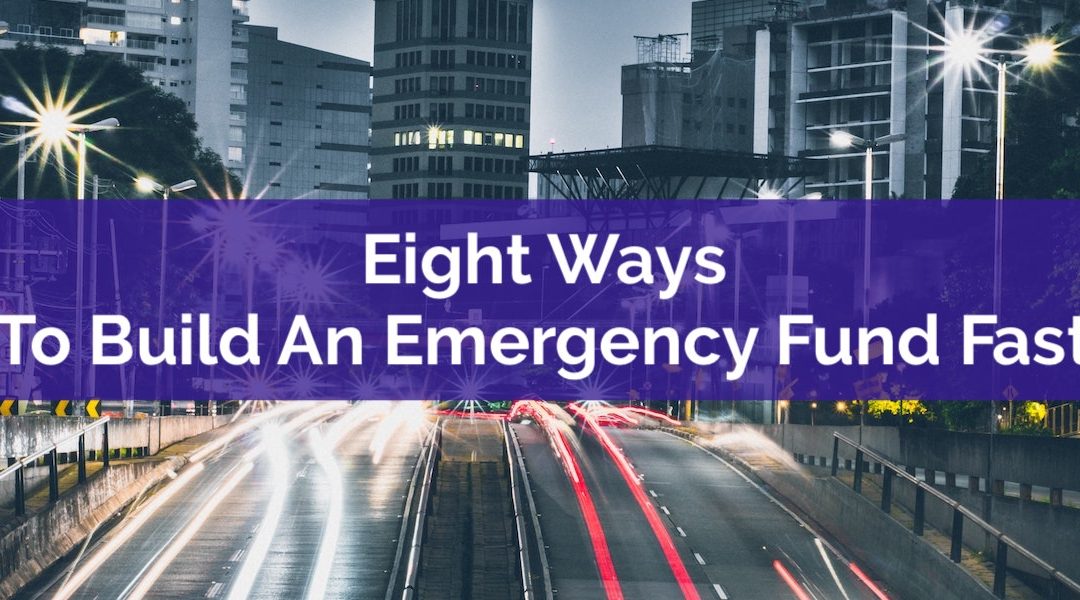
by Owen | Oct 31, 2022 | Behavioral Finance, Budgeting, Emergency Fund, Financial Goals, Financial Planning, Insurance And Risk Management, Saving Money
Emergency funds are great. There are lots of reasons why you should have an emergency fund. Financial emergencies happen all the time. It could be an unexpected car repair, the deductible on your home insurance, or something really terrible, like dropping your iPhone and it shattering into a million pieces.
The common recommendation is to have between 3 and 6 months of living expenses in your e-fund (more if you have variable income or work in an industry known for layoffs).
But saving 3 to 6 months of expenses can seem daunting. Even saving up just one month of expenses in your emergency fund can take a very long time if you’re just making ends meet.
Don’t get discouraged, emergency funds are great, even small ones. Having just $100 in a savings account can make a huge difference.
If it seems like it’s taking forever to reach your e-fund goal, and you want to build your emergency fund faster, then try one, two, or all eight of these ideas to help boost your e-fund quickly.
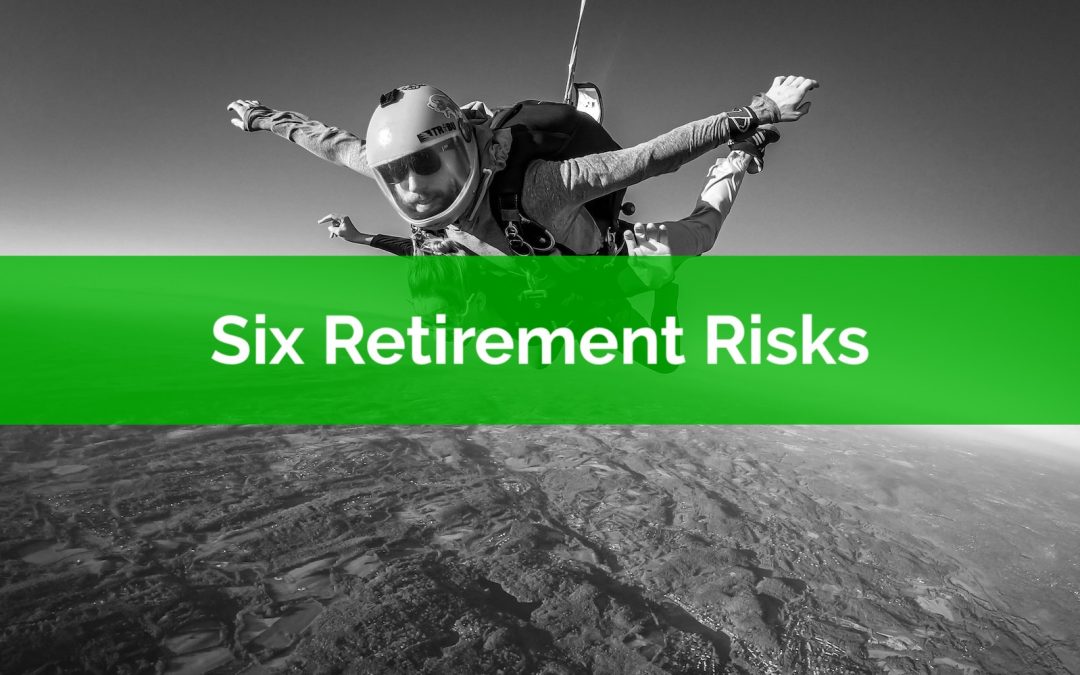
by Owen | Oct 17, 2022 | Behavioral Finance, Budgeting, Emergency Fund, Financial Planning, Income, Insurance And Risk Management, Investment Planning, Retirement Planning
Preparing for retirement can be exciting but also a bit stressful. Retirement is full of opportunity but also full of risk, and there are six key retirement risks to plan for.
Planning ahead to avoid or reduce these risks will make retirement more enjoyable. It will make a retirement plan more robust, more stable, and more secure.
These risks are very common in retirement, but everyone experiences these risks differently depending on their situation and goals. Depending on your situation, these risks may already be reduced, but if not, then you may need to take extra steps to reduce these risks in retirement.
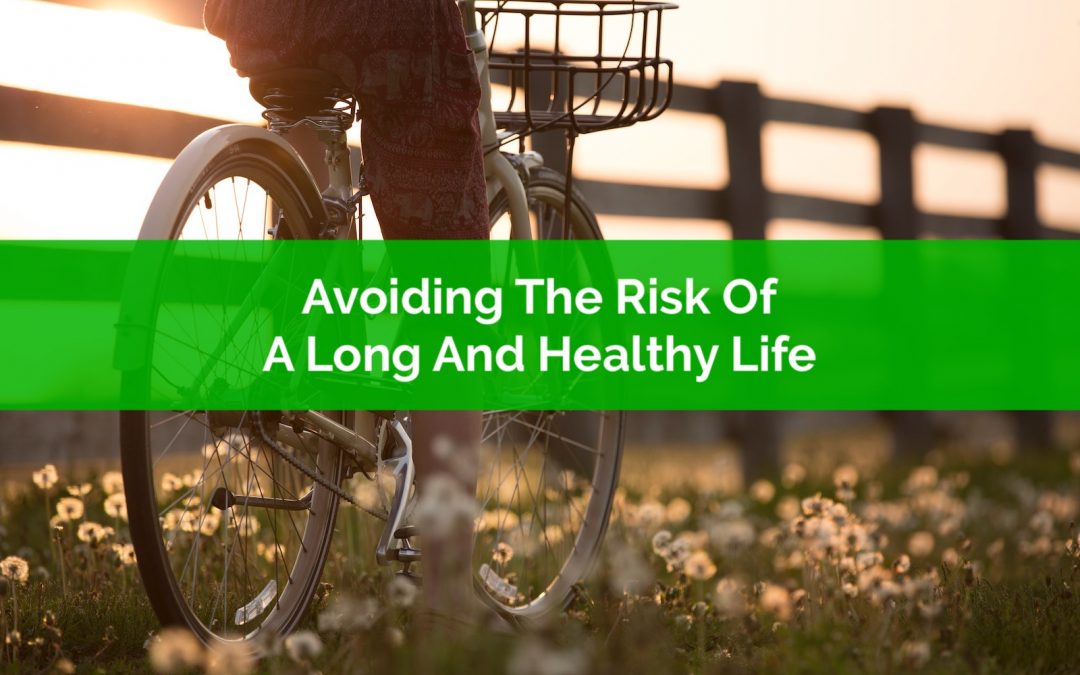
by Owen | Oct 2, 2022 | Behavioral Finance, Insurance And Risk Management, Retirement Planning
There are many different risks when it comes to retirement, investment risk, inflation rate risk, spending risk, but one risk that isn’t talked about very often is the risk of living a long and healthy life. It may seem odd to call this a risk, but from a financial planning perspective, a long and health retirement can dramatically increase the risk of running out of money in the future.
According to the guidelines from the Financial Planning Standards Council of Canada, for a couple who is currently 55, there is a 25% chance that either partner in a couple will live to age 98 and there is a 10% chance that either will live to age 101.
Living a long and healthy life isn’t some obscure risk… for pre-retirees the chance of living into their mid 90’s is around 25%!
This risk becomes even greater for those aiming for early retirement in their 50’s or even 40’s. Retiring at age 55 could mean a 43+year retirement period for 1 in 4 couples and a 46+ year retirement period for 1 in 10 couples.
With such a long retirement period, and such a high possibility of reaching age 90+, we want to ensure that we’re taking steps within our financial plans to avoid the risk of a long life.
There are a few things that anyone can do to avoid this risk…
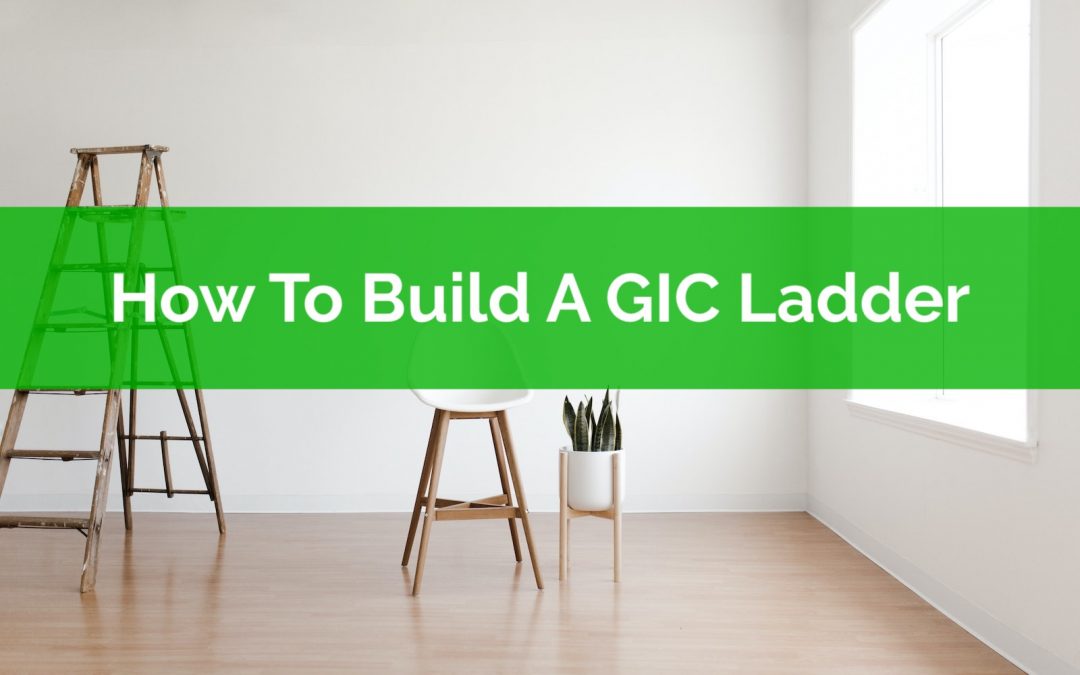
by Owen | Sep 26, 2022 | Behavioral Finance, Financial Goals, Financial Planning, Insurance And Risk Management, Investment Planning, Retirement Planning, Saving Money
With interest rates higher, GICs have become more attractive as an investment option and a 5-year GIC ladder can be a great addition to your portfolio. GICs can be considered part of your fixed-income allocation and in some cases GICs can even outperform bonds of equal length.
If you’re adding GICs to your investment portfolio then you’ll want to consider building a GIC ladder. A GIC ladder is a common way to invest in GICs.
When investing in GICs, a GIC ladder can help take advantage of the benefits of GICs while reducing the downsides.
GICs are typically locked in for a specific term. This could be shorter-term like 90-days or longer-term like 1-year, 2-years, 3-years, 4-years, 5-years etc.
Laddering GICs will help take advantage of longer-term GIC rates while also improving liquidity with some shorter-term GICs.
When a GIC ladder is working well, there will always be at least one GIC maturing every year which can then be used to purchase a new longer-term GIC. Here’s why you may want to set up a GIC ladder and how to do it…
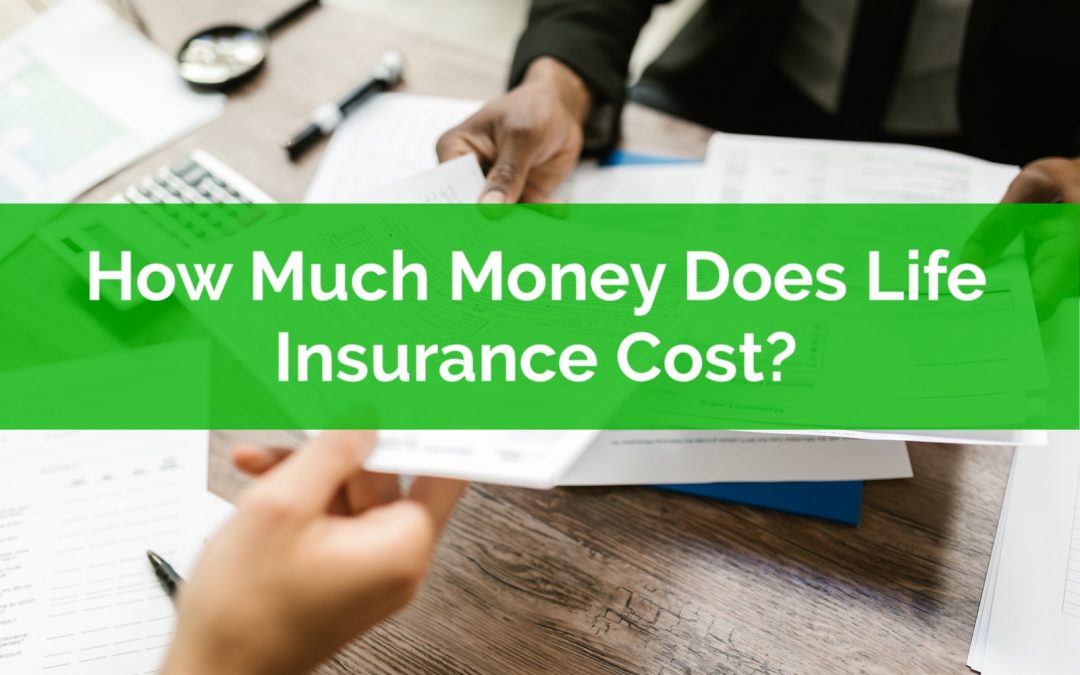
by Owen | Jan 23, 2022 | Buying A Home, Down Payment, Financial Goals, Financial Planning, Insurance And Risk Management, Saving Money
Life insurance is important, but how much life insurance should you purchase? How much money does life insurance cost? And how can you fit the monthly premiums into your current budget?
These are important questions. Life insurance is an important tool, and it can be relatively inexpensive, but the cost of life insurance can quickly change depending on certain factors.
Life insurance is important when you have people who are dependent on your income. Young families in particular have a high need for life insurance, but at the same time, young families also have a lot of demands on their cash flow.
Purchasing affordable life insurance is an important part of a financial plan and the cost of life insurance needs to fit into monthly spending without causing a lot of stress.
In this post we’ll explore some life insurance costs for a family in their 30’s with a young child. We’ll see how life insurance costs can vary depending on certain factors. We’ll also see how much life insurance costs in a real life situation.
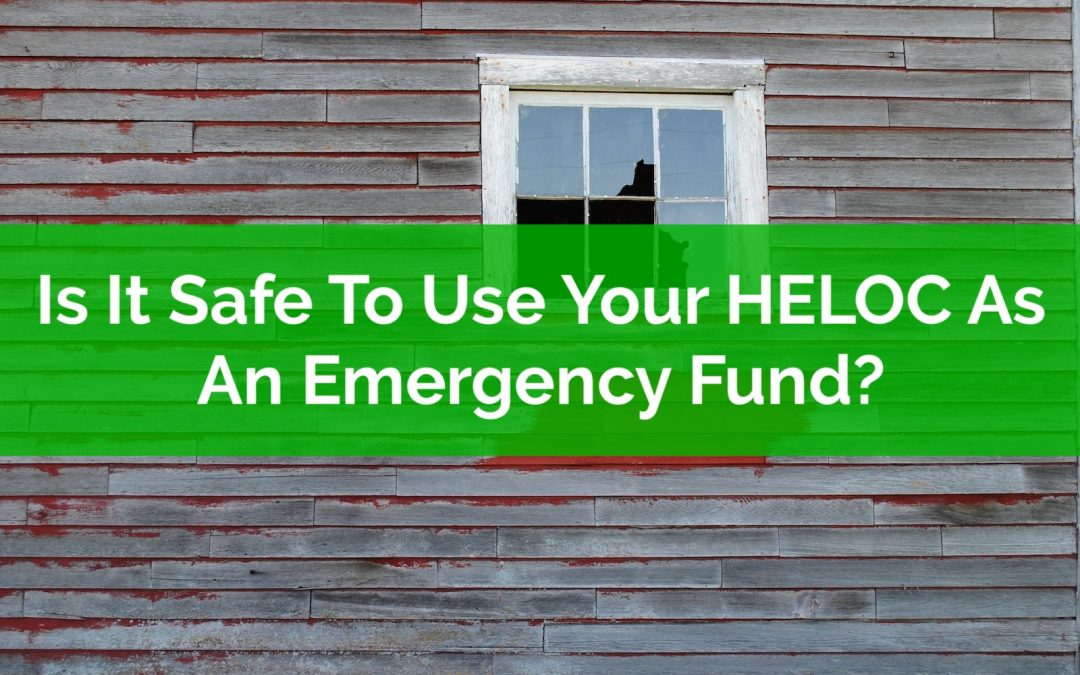
by Owen | Dec 13, 2021 | Emergency Fund, Financial Planning, Insurance And Risk Management, Investment Planning
Is it safe to use your HELOC as an emergency fund? A typical emergency fund is between 3 months and 6 months of expenses, but that’s a lot of cash to have lying around!
Cash is the enemy of long-term goals. Holding too much cash makes it more difficult to achieve long-term goals like retirement. The more cash-on-hand there is, the lower the average investment return.
Holding some cash is good. A certain amount of cash-on-hand protects us against unexpected emergencies like a job loss, a disability, a health emergency etc. etc. But holding too much cash is bad.
For homeowners with a certain amount of home equity there is another option. This option allows homeowners to decrease the size of their emergency fund and put more into RRSPs and TFSA sooner. This can provide more investment growth and potentially a reduction in income tax and an increase in government benefits.
Homeowners with a certain amount of home equity could choose a hybrid option, with a smaller amount of cash-on-hand but leaning on a Home Equity Line of Credit (HELOC) for larger emergencies.
But is this hybrid option safe? Is it safe to use your HELOC as an emergency fund? Let’s take a look at why, and why not, to use your HELOC as an emergency fund.






